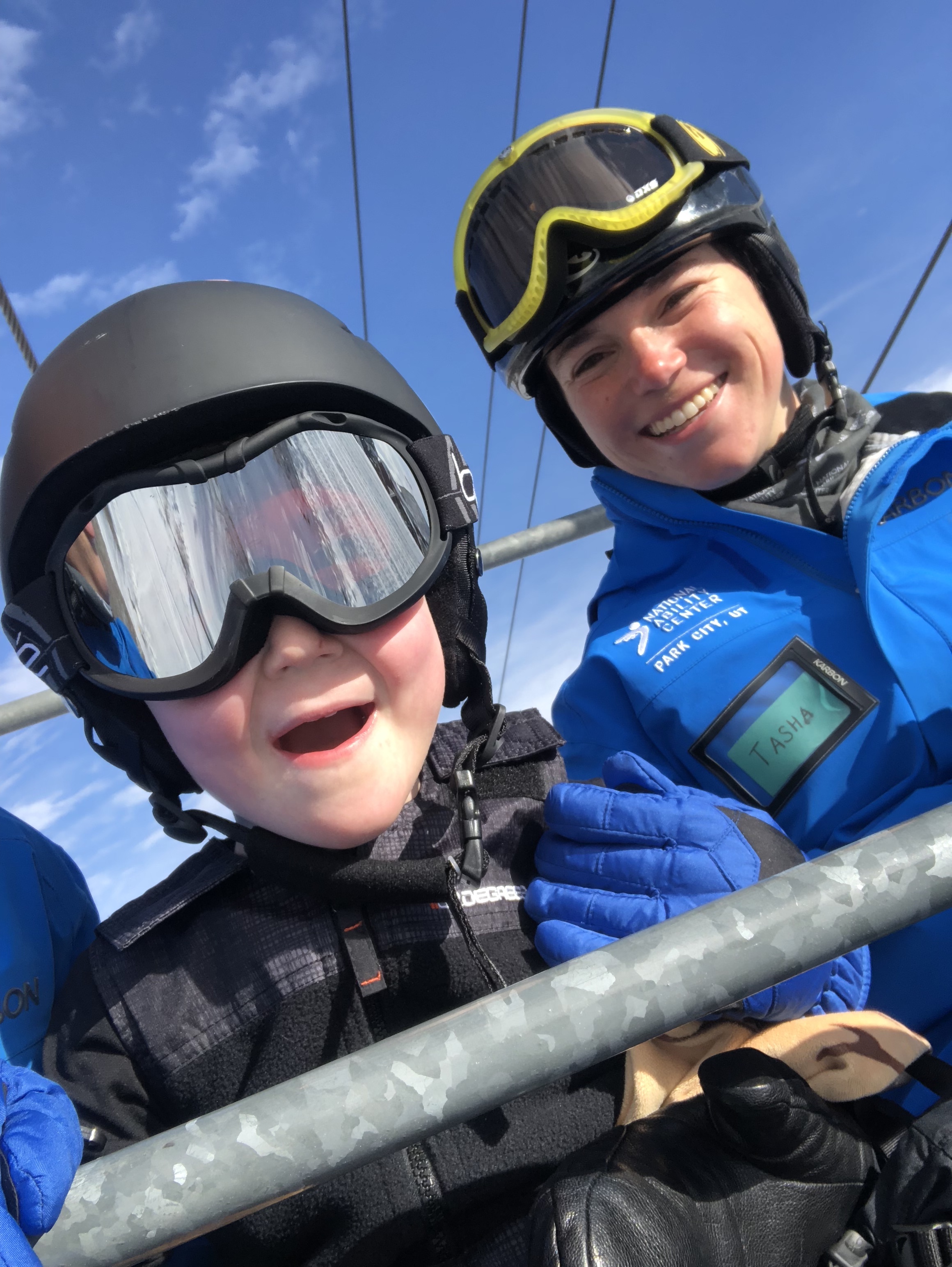Skiing success: Having fun on the snow
, 3 min, 456 words
Tags: teaching national-ability-center
I finished my shadowing process a few weeks ago with an incredible lesson. Our student: a five-year-old skiing for the third time, and on the spectrum. It sounded like this kiddo – Joe – had done fairly well in his first few lessons. Previous instructors said that the main thing to work on was confidence and having fun. Having fun became the main focus of the lesson. More than teaching him to ski, we wanted him to have a blast and look forward to coming back.
Fun before learning
At the beginning of the morning, he wouldn't let go of a hand or pole to ski even a foot on his own. With some coaxing and encouragement, we figured out some things he was motivated by: he loved hugs and enjoyed playing with a little stuffed animal tiger. And before we knew it, he was skiing a yard at a time to "rescue" the tiger and get a high-speed hug. The skiing itself was a bit stressful for him, but much giggling ensued at each hug! Then he managed a whole lap on the magic carpet. Over time he realized that sliding on the snow could be fun.
And then it was time for Joe's first lift ride! He called it the "flying lift" and he just loved the feeling of flying over the ground and seeing everything around him. On this much longer run, we played games and laughed and talked and generally had a fun time. It ended with him skiing to the bottom giggling like mad and just having the time of his life.

Not just skiing
Beyond just skiing, this lesson also included discussions of feelings. For instance, after his first lift ride, "I feel so happy now!" Later on, "what is afraid?" and "I feel so scared right now" made an appearance. We were able to have a reasoned discussion: it's okay to be scared and we're excited you said so. Want to try something a little different? It was incredible to see how a ski lesson could also feed into larger conversations about feelings and expressing them.
This was a fabulous shadow. Thanks to Sarah for being a great role model and photographer, and to the NAC in general for making these sorts of lessons possible. And thanks to the student, Joe, for his (and his parents') willingness to be written up – this blog post wouldn't be possible without their media consent!
To learn more about what we do, check out the National Ability Center, or find @nationalabilitycenter or #adaptivenation on all those fancy social media sites.